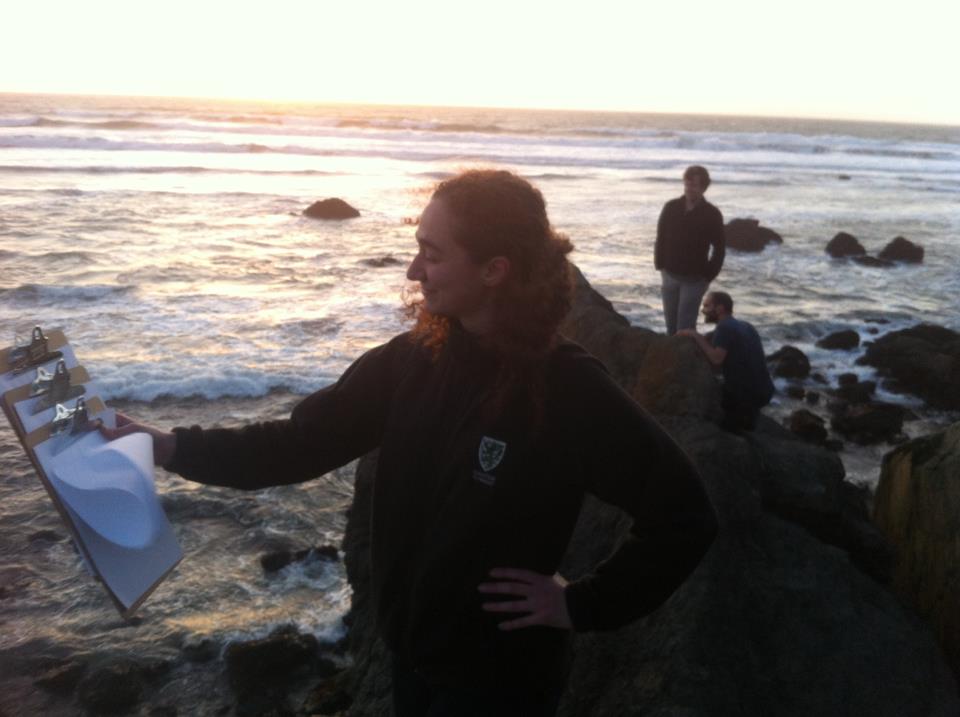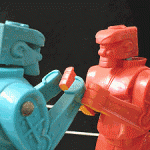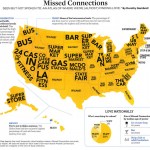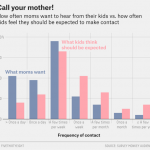Well, starting a job during crunch time for the organization plays merry hob with my plans to write. It’s been a frenetic (though enjoyable!) time, and I’m hoping that some more free time over the weekend will give me the space to prewrite some post and format the already-existing guest posts for the Naming Infinity bookclub.
As part of the moving hubbub, I was trying to finish some books that I meant to read, but didn’t necessarily plan to ship to California, so I finally got around to reading Maphead, Ken Jenning’s discursive history, anecdotes, and interviews about maps. As is always the case when I read anything about Ken Jennings, I was filled with delight and wish I could hang out with him. He comes across as such an enthusiast.
Buzzfeed just did a profile of Jennings, and I was particularly amused by Jenning’s take on the way Jeopardy works emotionally, for the audience and the players:
“The question isn’t on the bottom of the screen while you watch the players,” he points out. “It fills the screen, and if you watch Jeopardy, you have to start playing along. They put the puzzle front and center, and it stays front and center.” Normally, this means that the three contestants who play every night become mere facilitators for the show. They’re sort of like horses: You identify with one or the other aesthetically, or because of his or her name, but chances are you’ll never pull for that person again, and you will forget about them.
The relative unimportance of the Jeopardy contestant is reflected in the show-taping experience Jennings describes, a mix of jury duty and summer camp, a hyper-organized atmosphere. Thanks to the felony punishments that still apply to game-show shenanigans, the need for black-site secrecy and silence, any time one person needed to use the bathroom, everyone went. For their time on set, contestants were, for all intents and purposes, one part of a large, unwieldy brain-Voltron. Jeopardy films five shows in one day, two days at a time, so the maximum number of shows you can film in one cluster is 10. Jennings was on 75, and through that process he got to know individuals he still keeps in touch with eight years later.
“Backstage on Jeopardy, you met people who were just so happy to be in a room where people would get their Monty Python references,” Jennings says. “People had no nerd outlet, even in the internet age. Their relief was almost palpable that someone was going to get their nerdy undergraduate references.”
Also, this Jeopardy-themed Dinosaur Comics cartoon is a thing of beauty and a joy forever.
David Brooks wrote a column complaining about the misuse of Big Data, and the folks at Junk Charts have an excellent, cogent correction for a bad meme about the threat computers pose:
The biggest issue with Brooks’s column is the incessant use of the flawed man versus machine dichotomy. He warns: “It’s foolish to swap the amazing machine in your skull for the crude machine on your desk.” The machine he has in his mind is the science-fictional, self-sufficient, intelligent computer, as opposed to the algorithmic, dumb-and-dumber computer as it exists today and for the last many decades. A more appropriate analogy of today’s computer (and of the foreseeable future) is a machine that the human brain creates to automate mechanical, repetitious tasks at scale. This machine cannot function without human piloting so it’s man versus man-plus-machine, not man versus machine.
Want another brief, clear fix for a common mistake from a blog that has ‘charts’ in the title? ExcelCharts has a great explanation of why you really shouldn’t make pie charts that take more than two colors to shade in.
Because the explanation is mostly images, it’s hard for me to blockquote, but think about how often I’ve steered you right on interesting data links, open the link in a new tab, read through the whole thing, and rejoice!
Via Flowing Data, I found this fun pre-Oscars analysis from The New York Times. They took a look at the trailers for the Best Film nominees and checked how much the order of scenes in the trailer matched up to the true order of scenes in the film. For example:
The “Lincoln” trailer is more like the typical teaser than a trailer, according to Stephen Garrett, who owns Jump Cut, a trailer house that specializes in foreign, independent and documentary films. While trailers often focus on plot or character descriptions, teasers establish the mood and tone of a film. Teasers “don’t have to be chronological,” Mr. Garrett said.
Reading Actual Innocence: When Justice Goes Wrong and How to Make it Right is a great way to learn about how unreliable eyewitness testimony is and the terrible effects of our misplaced trust in this test. But if you want a quick, vivid way to remember how bad eyewitnesses are, try this study cited by Ezra Klein:
So, here’s a fun science experiment that was recently conducted in Sweden: Researchers got some research subjects drunk, showed them a five-minute video of a crime being committed and called back a week later to see if they could identify the culprit.
Turns out, those who were drunk did just as well as those who saw the same crime scene while sober — which mostly reflects the fact that almost everyone, regardless of level of intoxication, is really bad at picking the right face in a criminal line-up.
Does the photo above not have an obvious connection to data? It is me on retreat for work! Surrounded by beauty! Thinking about how to make people excited about and good at making sense of data!
(Full confession: I am more excited about the teaching than the natural beauty. California is wasted on me).
For more Quick Takes, visit Conversion Diary!














